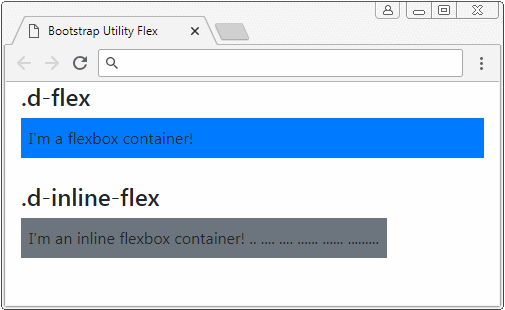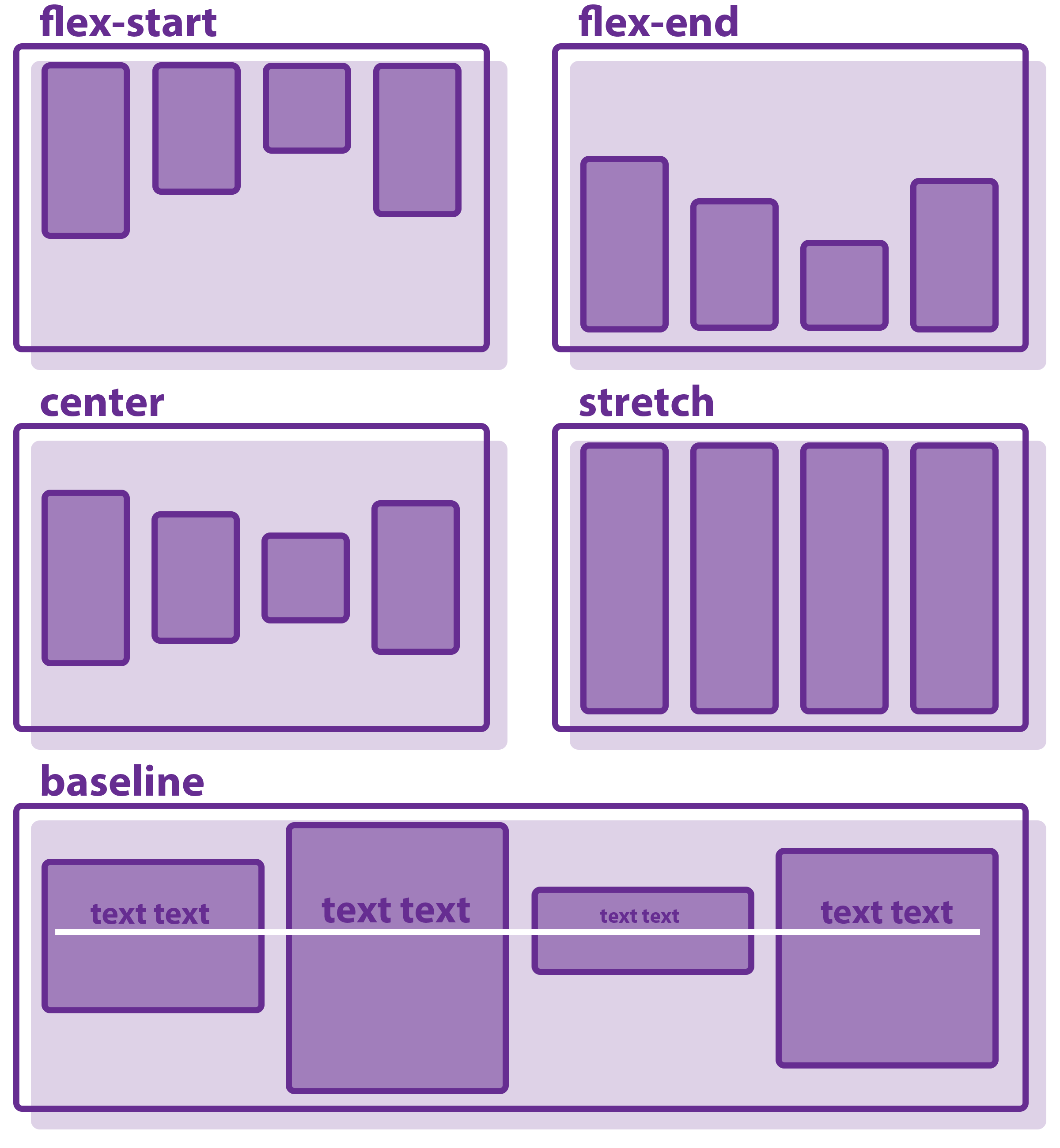
We’ll also talk about which one might be best for you. We will also look at some popular layout systems such as flex-box and grid. This article will discuss various possible ways to align/center multiple elements using CSS. Even if we know the fundamentals, having so many options can sometimes overwhelm us, and we don’t know which one to choose. One can quickly become confused if one uses them without understanding how a particular alignment technique works. We can align elements using CSS in a variety of ways. Specifically in terms of alignment and positioning. Although CSS isn’t rocket science, it can get confusing if you don’t know what you’re doing. HTML and CSS are the first things we learn when we start Web Development. Undoubtedly, aligning objects in CSS is the most frustrating task. We have all experienced it at least once. More details in this answer.Have you ever struggled with alignment with some text or center a div? Certainly, you did. For a quick way to add prefixes use Autoprefixer. Some recent browser versions, such as Safari 8 and IE10, require vendor prefixes.

More details here: How does flex-wrap work with align-self, align-items and align-content?įlexbox is supported by all major browsers, except IE < 10. Note, this property has no effect on a single-line flex container. How justify-content aligns individual items within the main-axis. The align-content property aligns a flex container’s lines within theįlex container when there is extra space in the cross-axis, similar to When a flex container has multiple lines (due to wrapping) the align-content property will be necessary for cross-axis alignment.Ĩ.4. Learn about flex auto margins here: Methods for Aligning Flex Items (see box#56). When flex items are stacked vertically: #container

The height of the centered divs doesn't matter. In both cases the height of the centered divs can be variable, undefined, unknown, whatever.

One for vertically-aligned flex items ( flex-direction: column) and the other for horizontally-aligned flex items ( flex-direction: row). How to Center Elements Vertically and Horizontally in Flexboxīelow are two general centering solutions.

row container is not needed unless you want to add some styling around the elements (background image, borders and so on). The flex-flow, flex-direction, flex-wrap properties could have made this design easier to implement. flex-container needs a height to see the vertical alignment effect, otherwise, the container computes the minimum height needed to enclose the content, which is less than the view port height in this example. row to be centered vertically in the view port, assign 100% height to html and body, and also zero out the body margins. row, set the width to auto instead of 100%. flex-item elements should be block level ( div instead of span) if you want the height and top/bottom padding to work properly.Īlso, on.


 0 kommentar(er)
0 kommentar(er)
